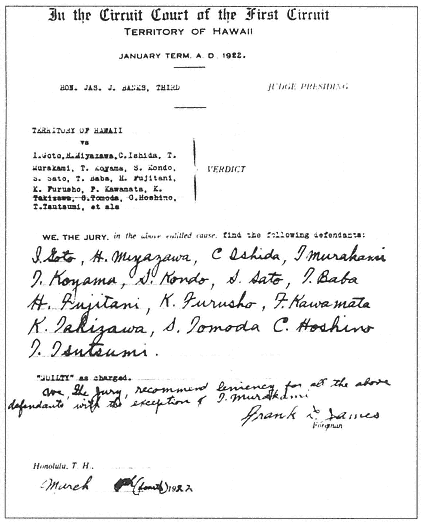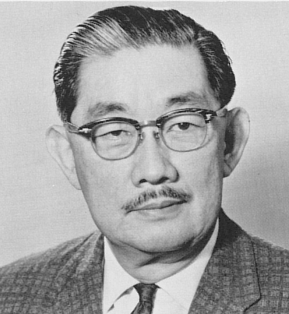Captain Jacob Brown was “a follower of the sea from his twentieth year”.
The whalers of New Bedford and the other Eastern Ports fished the Atlantic and Pacific Oceans. They were hunting for whale products that were in high demand – whale oil was used for heating, lamps and in industrial machinery; whale bone was used in corsets, skirt hoops, umbrellas and buggy whips.
In the Pacific, rich whaling waters were discovered near Japan and soon hundreds of ships headed for the area. The central location of the Hawaiian Islands between America and Japan brought many whaling ships to the Islands.
Whalers needed food and the islands supplied this need from its fertile lands.
William Rotch, the owner of several whaling vessels, was reportedly Nantucket’s greatest whaling merchant; he later moved to New Bedford. One of his ships was the Honqua (sometimes spelled Hoqua.)
Crew list records from the New Bedford ships’ registries show that Jacob Brown was First Mate on the Honqua on an Atlantic whale hunt from July 19, 1841 to June 29, 1843.
Then, on a September 1, 1843 to April 13, 1846 hunt into the Pacific, Brown was Captain. He later captained another Honqua Atlantic whaling ground sail from 1846 to 1849.
It’s not clear if there were intervening sailings, but on a whale hunt in the North Pacific, Brown captained one of “seven sails of this fine fleet of 1851, the Honqua, the New Bedford, the Arabella, the America, the Armata, the Mary Mitchell, and the Henry Thompson, (that were) wrecked there, and left behind as monuments of the dangers which meet these hardy mariners in their adventurous calling.”
“The Honqua, in 1851, was totally wrecked on a sunken rock in that sea (near Cape Oliver (Sea of Ochotsk, Russia – near the Arctic Circle.”))
Brown and his wife Cordelia Hastings Brown were shipwrecked and spent four months in the Siberian snows before being rescued by a whaling ship.
All was not lost, the rescuing Captain of the whaleship Canton, Captain James Allen Towners, purchased the salvaged whale oil of the Honqua (1,100 bbls of oil saved, however sold at a heavily discounted price.)
From Siberia, Brown and family were eventually brought to Hawaiʻi, by way of China.
After making a trip to his home in New Bedford, Massachusetts, Captain Brown returned to Hawaiʻi a year later, his family joining him in Honolulu six years later, and remained to take a part in the development of the islands.
He retired from the sea in 1852 to assume a government position in Honolulu which placed him in charge of all government wharves and buoys at the port.
He was also captain of the towing tug “Pele.” The “Pele” was the first steam tug used in Hawaiʻi (screw tug with thirty-horse power,) called into service in 1854.
Its primary use was for towing vessels in and out of the harbor and replaced the use of men or animals to bring ships into the harbor against the prevailing northeast tradewinds.
“Prior to the launching of this vessel primitive power was used to bring the craft through the passage to an anchorage; a rope of great length was used, and it was a never-to-be-forgotten sight to see yokes of oxen, teams of horses and natives tugging at the rope. A time was consumed in making a start, but when once in motion, it was a steady walk-away.”
Richards Street was aligned as a straight path used by groups of men, and later oxen, to pull ships through the narrow channel into the harbor.
In 1856, the Pele was also used to tow barges about the harbor in connection with the Honolulu Harbor dredging operations. Pele served, with short interruptions, as the sole tug for shipping at Honolulu until after 1882.
Brown is later noted as registered owner or partner in several boats in Honolulu: Warwick, Jenny, Haunani, James Makee and CR Bishop. These were typically used for inter-island movement of people and goods.
One of the partners was Thomas R Foster, an initial organizer of the Inter-Island Steam Navigation Company which was later incorporated on February 19, 1883. (Brown, a friend of Foster’s, was one of the original promoters of the Inter-Island Steam Navigation Company.) That company founded a subsidiary, Inter-Island Airways, that later changed its name to Hawaiian Airlines.
Born in 1815 to Jacob Brown and Ruth Morgan Brown, Captain Jacob Brown died on July 3, 1881 in Boston, Massachusetts, at the age of 66. He and members of his family are buried at Oʻahu Cemetery.
He was survived by three children, Jacob F Brown (Civil Engineer and Manager of Hawaiian Abstract & Title,) Arthur M Brown (Attorney, High Sheriff in the Territory of Hawaiʻi (1898-1906,)) and Minnie H (Brown) Gilman; his oldest child, Sarah M Brown, born at sea, later died at the age of 22.






























